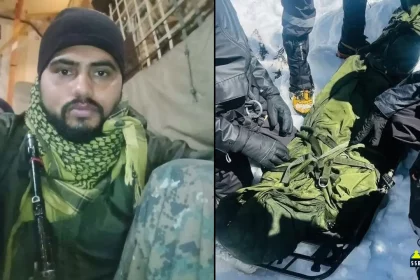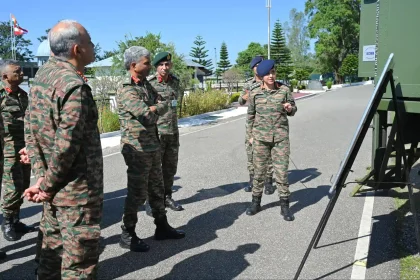Southern Command Leads National Dialogue on Strategic Communication through ASCEND 2025 Seminar
ASCEND 2025, organised by Southern Command in Pune, united India’s top strategic minds to shape a unified National Strategic Communication…
AIT Pune Team Clinches First Prize at Indian Army Terrier Hackathon 2025
AIT Pune team won the First Prize in the Indian Army Terrier Cyber Quest 2025 for their innovative Quantum Machine…
The Left-Hand Salute of Corporal Varun Kumar
Corporal Varun Kumar, who lost his right arm in Operation Sindoor, moved the nation by saluting with his left hand…
India Lost Havaldar Palash Ghosh of 5 Para Special Force
His loss has been mourned across military circles and by civilians alike, with social media tributes highlighting his valor and…
CISF Trainees Undergo Intensive Krav Maga Training at RCRTC Thakkolam
CISF trainees at RCRTC Thakkolam undergo intensive Krav Maga training to enhance combat readiness, endurance, and real-world self-defence skills.
Lieutenant General Manoj Kumar Katiyar Reviews Operational Preparedness of Rising Star Corps
Western Command Chief Commends Professionalism and Innovation, Urges Troops to Stay Future-Ready.






